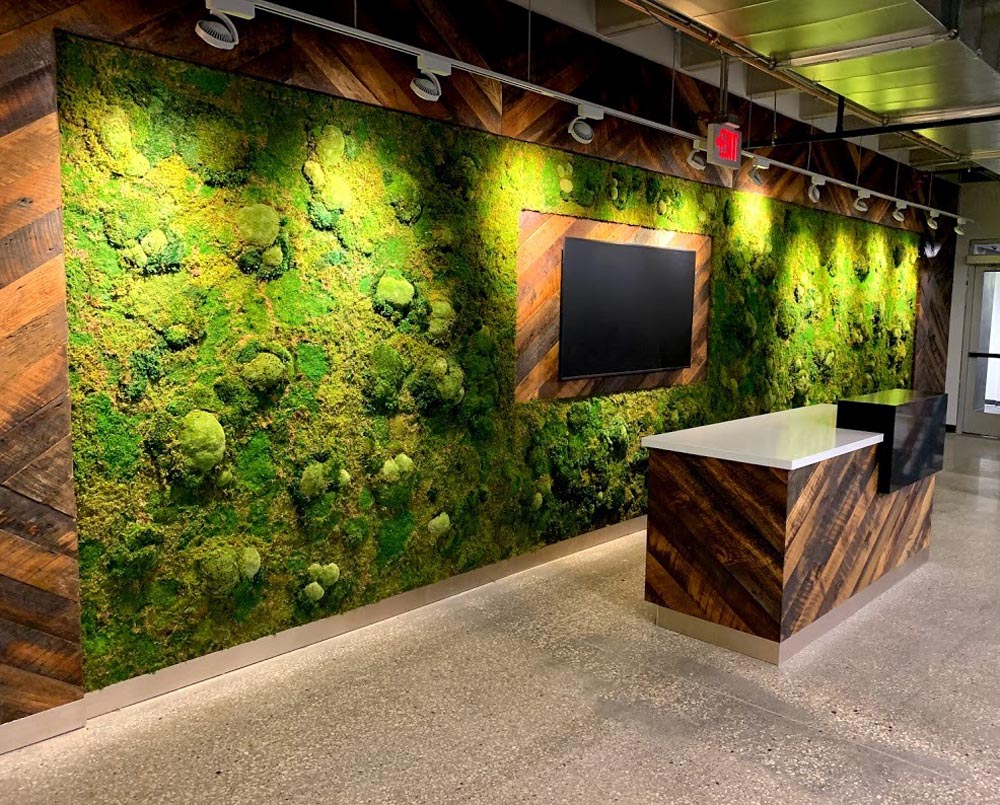In intense heat and sunlight, rendering can tend to crack and split, destroying the look of your exterior and exposing the materials underneath to wind, water, and more sunlight and heat. Also, applying this sealing coat can prevent moss buildup and dampness from soaking into the wall, as the surface of render treated walls are highly absorbent. Painting can be one of the most cost effective ways to improve your home’s exterior, both because of the ease of application, and the actual cost of materials. Painting a cement render wall can look clean and modern, adding value to your home instantly.
Materials You Will Need
First, take note that if you have not worked the rendering yet and you are still at the initial phases of treating the wall, you can arrange to mix in one of several tinting oxides into rendering products that will completely change its color. This can save you a lot of time and money. If you are painting a pre-existing cement render application, there are several tools and products you should gather before starting work. You will need to rent, borrow, or purchase a power washer for cleaning the hardened surface of the wall. A simple water hose will not likely have enough water pressure to do an effective job. You will also want to purchase moss killer, a 4″ masonry brush or a 4″ exterior paintbrush, a paint stirring stick or drill attachment, primer or stabilizer solution (enough to do the job, consult guidelines on the can), a can of masonry paint (enough for at least two coats), safety equipment such as goggles and gloves, and cleanup equipment such as shop towels and protective sheets.
The Process
Painting can be the easiest task in the world with proper planning. First consider the time of year and current weather conditions before you start a painting project. Like with renderers, you do not want to paint in the hot dry months nor do you want to apply it in the pouring rain. Wait for a dry day with mild temps and you’ll want at least 4 of these in a row, so keep an eye on your local weather. On the first day, power-wash the wall and get all the dirt, grime, and dust off of the wall. You will want to apply paint onto a wall that is as smooth and clean as possible for best results. Treat the wall with moss killer and let it dry overnight. On day two, apply a stabilizing solution to the wall. It is important that you wear goggles and protective gloves. Simply pour a small amount into a paint kettle and using the edge of your 4″ brush (an exterior one will be easier to work with the edge) Use this to cover the wall.
Note: You cannot apply this product with sprayers use must use brushes or a roller if you are working a large area.
On day three you can lay protective sheets down and begin painting with the masonry paint. One with good moss wall and moisture block will be fine and you can also get these tinted at the store or buy the oxides to tint them yourself. The paint is very thick, so you will want t stir it with a stick or with a specialized drill attachment. Again, use just the edge of the brush and paint side to side, up in down, in all directions to completely cover the area. Using a masonry brush is a great idea here because you’ll want to work the paint into all the cracks and creases that can form along the wall. Sometimes even the best applied renderers can crack and expose beams or joints in a wall. If this happens, you will want to seal the beams by applying primer with a rust sealant before applying masonry paint.
